11 Clever Ways to Reuse Leftover Grass Seeds
Old grass seeds do not have to go to waste. There are several creative ways to reuse them around your home and garden. Using old seeds can save money and reduce waste. With a little effort, these seeds can still be useful in many projects. Learning how to make the most of them helps you get value from what you already have.
This post may contain affiliate links, which helps keep this content free. Please read our disclosure for more info.
Mix Into Compost
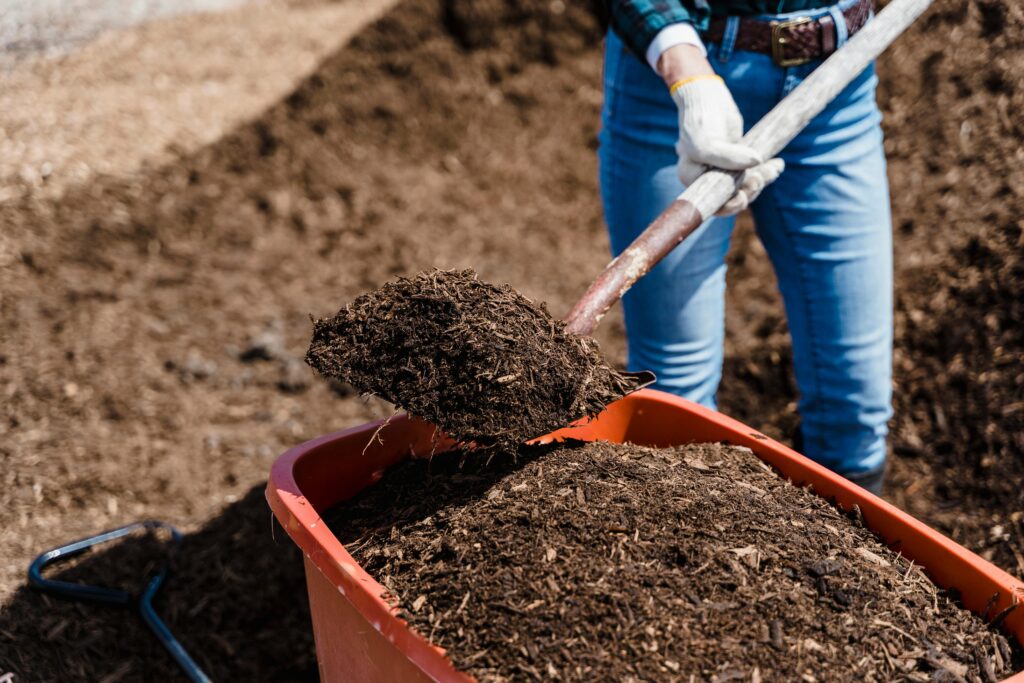
Old grass seeds can be added to your compost pile to improve its nutrient content. They break down and contribute organic matter, enriching the compost mix. This helps create healthier soil for future gardening. Make sure to turn the compost regularly to speed up decomposition.
Adding old seeds prevents waste and supports sustainable gardening. Avoid letting the seeds sprout in unwanted places by properly managing the compost pile. Composting is an easy way to recycle garden materials. It benefits plants by improving soil structure and fertility.
Use for Erosion Control
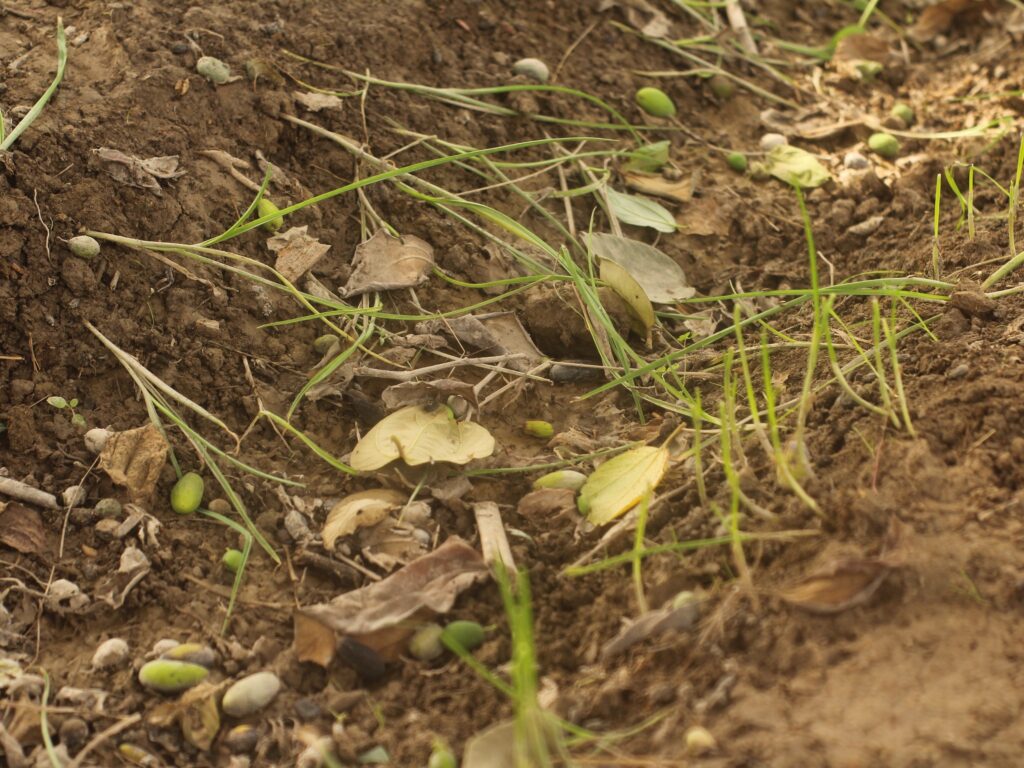
You can scatter old grass seeds on bare soil patches to help reduce erosion. The seeds may germinate enough to create a temporary cover that holds soil in place. This works well on slopes or areas vulnerable to wind and water erosion. Even partial growth can slow down soil loss.
Using old seeds this way supports soil stability and prevents damage. While growth may not be permanent, it buys time for other plants to establish. It is a practical use when fresh seeds are not available. This method helps protect your garden or yard with minimal effort.
Blend Into Bird Feed
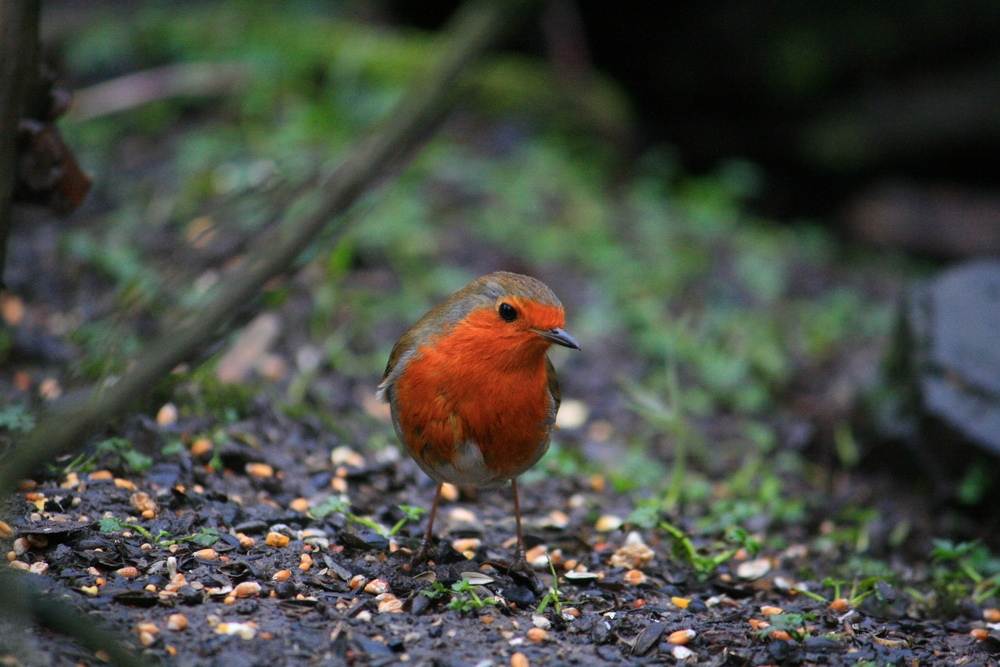
Mixing old grass seeds with bird feed attracts wild birds to your yard. Birds enjoy eating seeds, and this can increase local wildlife activity. It also reduces waste by giving the seeds a second life. Use a shallow dish or bird feeder to offer the mixture.
Providing food for birds supports your local ecosystem. Grass seeds can complement other types of bird feed. This reuse option benefits both you and nature. It can be especially rewarding during colder months when natural food is scarce.
Create Seed Bombs
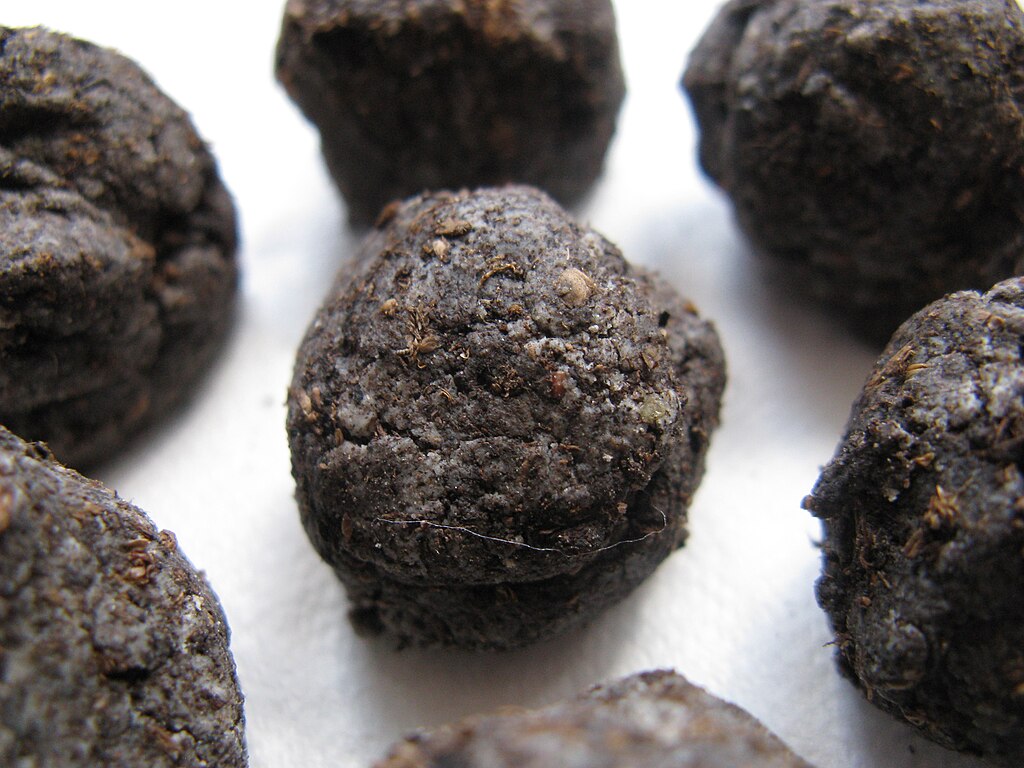
Seed bombs are small balls made of soil, compost, and seeds that you can throw into bare areas. Old grass seeds work well for this project. When you toss seed bombs, they help plants grow in hard-to-reach places. This is a fun and creative way to reuse seeds.
Seed bombs support re-vegetation in disturbed areas. They require little watering once in place. Making seed bombs is simple and can involve kids in gardening activities. It is a practical method to green up neglected spaces.
Grow Grass for Pets
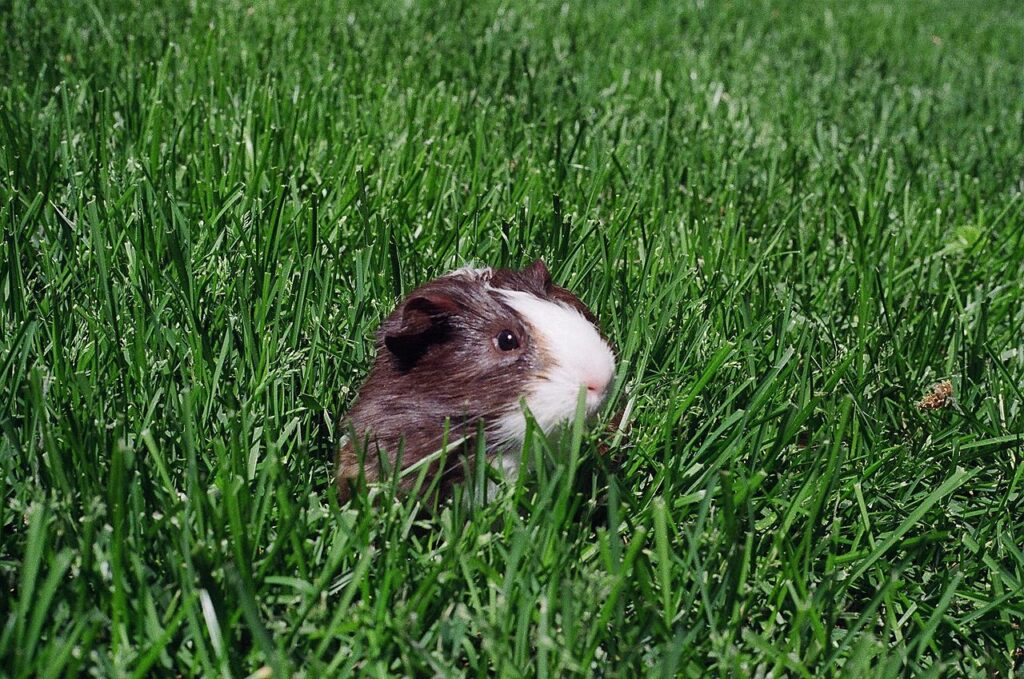
Old grass seeds can be used to grow small patches of grass indoors or outdoors for pets to enjoy. Pets like rabbits and guinea pigs often enjoy nibbling on fresh grass. Growing grass this way provides a safe, natural treat for them. It also recycles seeds that might otherwise go unused.
This method adds value by creating pet-friendly spaces. Use containers or small patches in your yard. Keep the grass trimmed and healthy for best results. It is an economical way to supply fresh greens to pets.
Use as Mulch
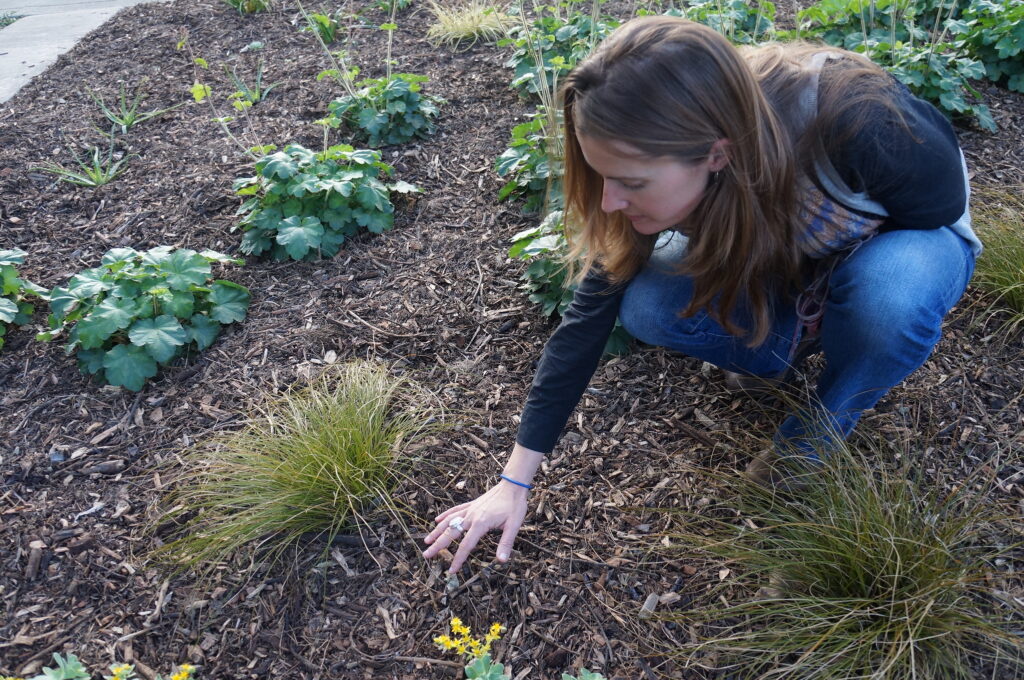
You can mix old grass seeds with mulch materials to cover garden beds. Even if the seeds do not grow, the mulch helps retain moisture and suppress weeds. Adding seeds to mulch layers can sometimes result in new grass growth. This gives the mulch an added purpose.
Mulching benefits plants by protecting roots and conserving water. It also recycles garden waste effectively. Seeds in mulch can reduce the need for new plantings. This reuse option supports overall garden health.
Add to Soil for Testing
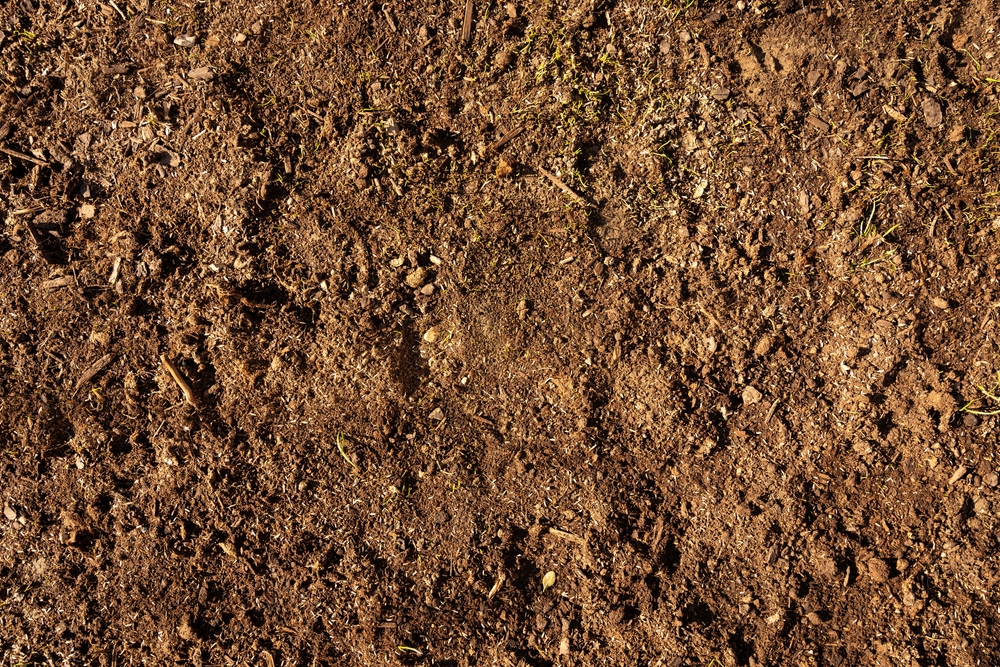
Old grass seeds can be mixed into soil samples to test how well the soil supports germination. This can give insights into soil fertility and quality. While not perfect, it provides a low-cost way to observe seed growth potential. Use small test plots for best results.
This technique helps gardeners understand soil conditions better. Observing seed growth shows if amendments are needed. It is a practical use for old seeds with limited viability. Testing soil this way informs future planting decisions.
Donate to Community Gardens
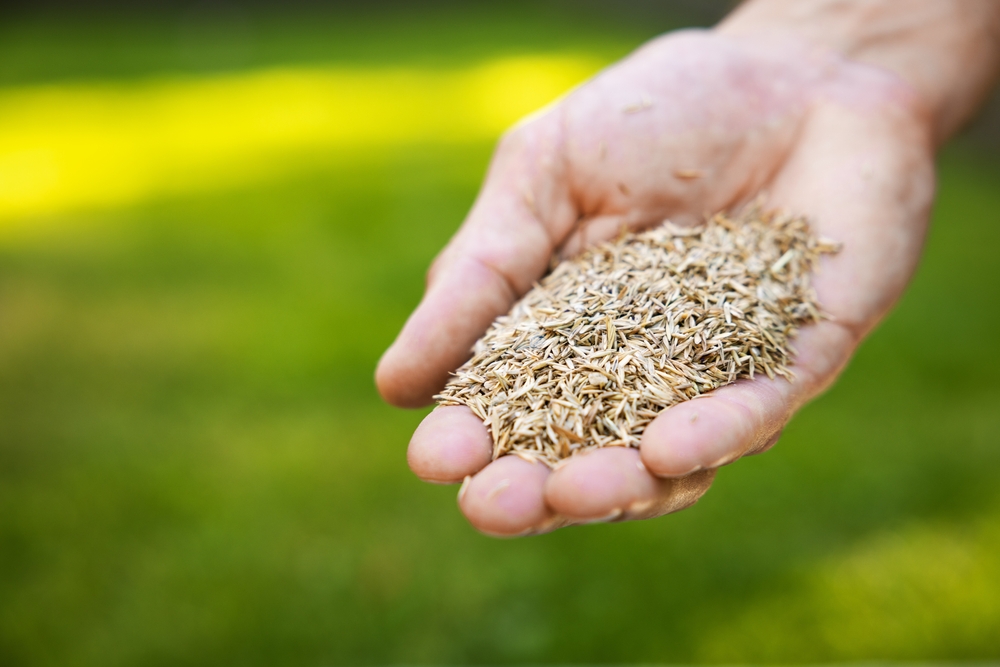
If the seeds are still viable, consider donating them to local community gardens. Community gardeners can use extra seeds to fill in bare spots or start new patches. Donating reduces waste and supports shared green spaces. Check if the seeds meet their requirements before donating.
Community gardens often welcome donations that help their work. This option benefits local residents and the environment. It encourages sustainable practices by reusing resources. Donated seeds can contribute to community beautification.
Use in Craft Projects
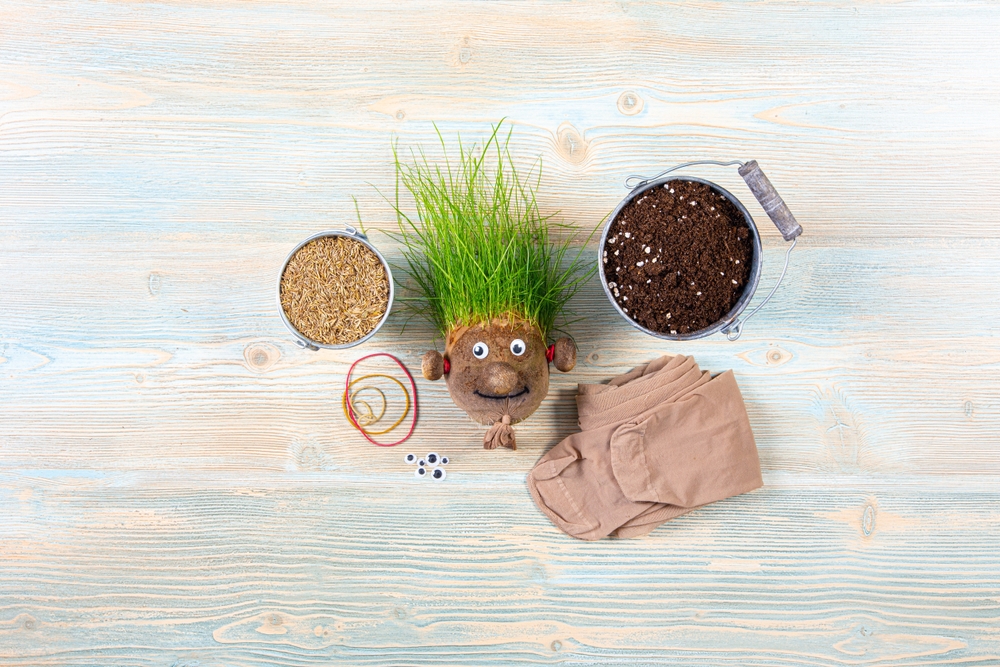
Old grass seeds can be incorporated into natural crafts like decorative seed mosaics or sensory jars. These projects use seeds as textures and visual elements. This is a creative way to give seeds a new life outside of gardening. It also makes for fun educational activities.
Crafting with seeds promotes hands-on learning and creativity. It is an option for seeds that may no longer sprout. Seed-based crafts connect people with nature in artistic ways. These projects are suitable for all ages.
Feed Small Livestock
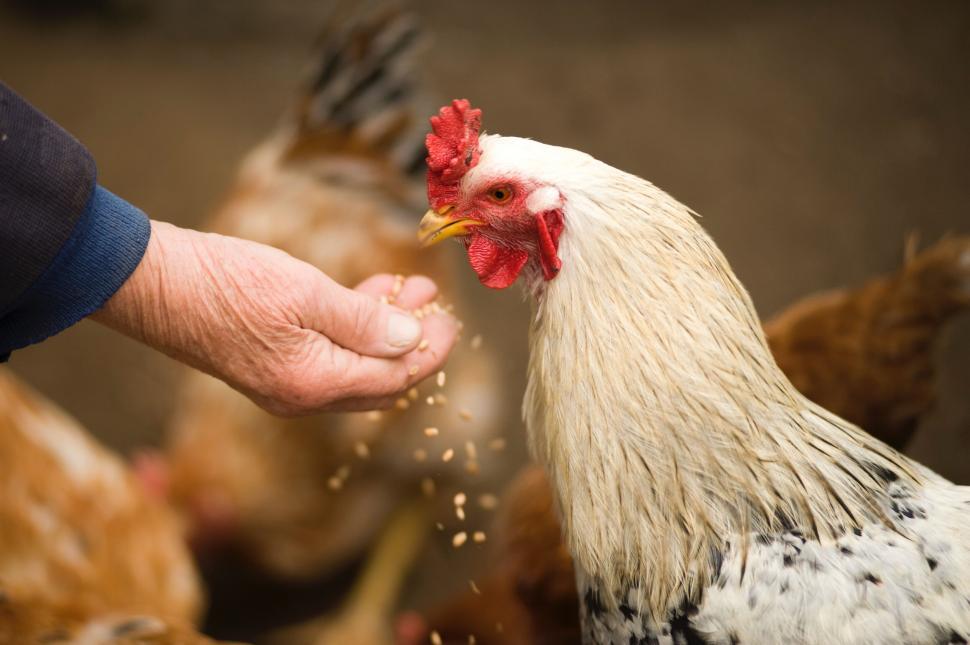
Old grass seeds can be mixed into feed for small livestock like chickens or ducks. These animals enjoy seeds as part of their diet. Using old seeds this way reduces waste and provides nutrition. Be sure to mix seeds appropriately with other feed.
Feeding seeds to livestock supports animal health and farm sustainability. This is a practical reuse for seeds that might otherwise be discarded. It helps stretch feed supplies. Seeds add variety to animal diets.
Test Seed Germination Rates
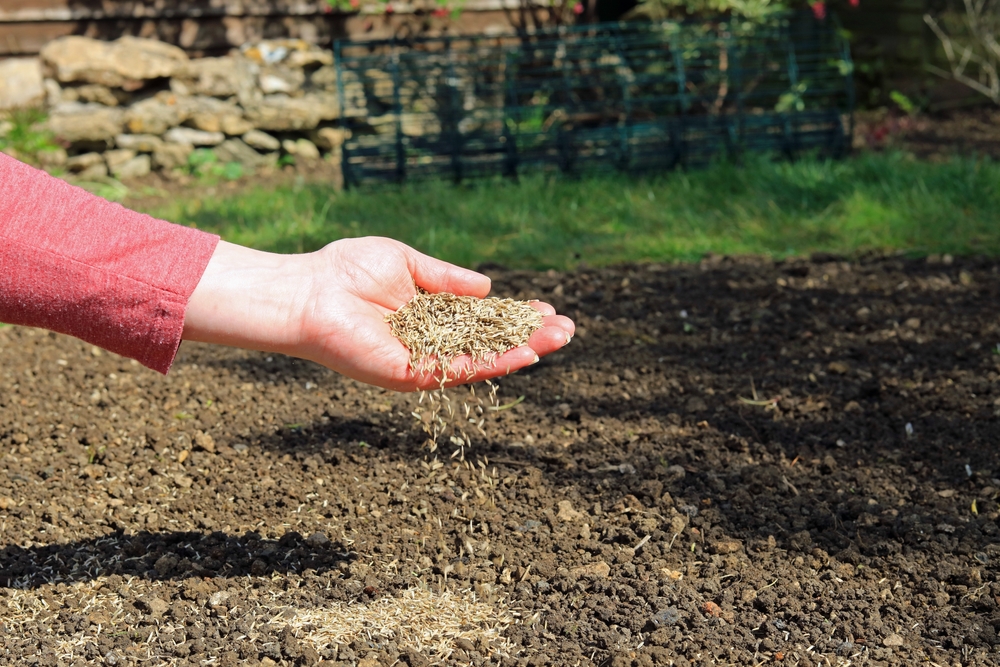
Use old grass seeds to test germination rates by planting small batches in controlled conditions. This helps determine how viable the seeds remain. Knowing germination rates informs future planting plans. It is a useful experiment for gardeners.
Testing seeds prevents wasted effort in planting non-viable seeds. It provides data on seed life span and storage effectiveness. Results guide decisions about seed purchases. This simple step improves gardening success.
Reusing old grass seeds in creative ways helps reduce waste and makes the most of what you already have. These simple ideas can save you money and add value to your garden and home. Finding new uses for leftover seeds encourages a more sustainable lifestyle. With a little creativity, old grass seeds can serve many useful purposes beyond planting.
This article originally appeared on Avocadu.
